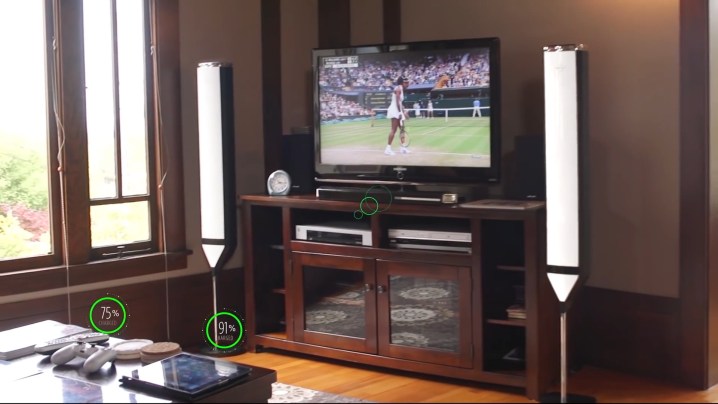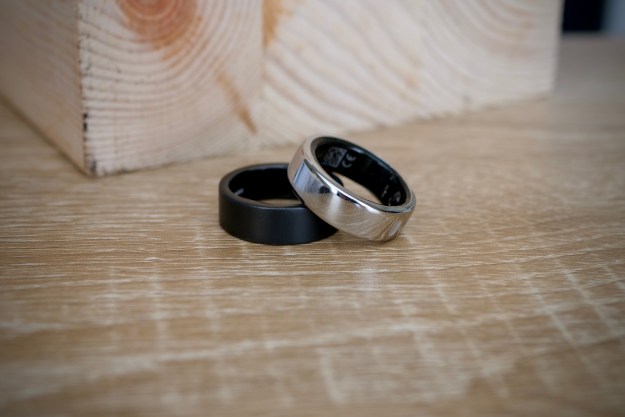
Energous’s WattUp technology has now received Federal Communications Commisssion certification, bringing wireless charging from a distance another step closer.
Current methods of wireless charging involve placing a Qi-enabled device on a wireless charging pad, allowing for charging without attaching wires. This makes it easy to keep a device topped up, and makes it convenient for placing your phone down next to your bed at night. But since the device is effectively tethered to the charging pad, in terms of real convenience wireless charging isn’t much better than having a cable plugged in.
It’s this that Energous is seeking to change with its WattUp technology. Also called “Wireless Charging 2.0,” WattUp would be “true” wireless charging, with Energous claiming that charging will eventually be possible within a 15-foot radius around the charger. While this particular FCC certification isn’t anything to get really excited about — the “near field” charging certified is basically just a normal wireless charging pad — this news is combined with the “mid-field” charging (charging devices up to 3 feet away) certified by the FCC back in December, indicating that the tech is safe to use, and possibly almost ready for the public.
“Following the first FCC certification for our power-at-a-distance wireless charging transmitter under Part 18 rules, this approval represents a significant step forward in creating a fully compatible wireless charging ecosystem,” said CEO of Energous, Stephen R. Rizzone. “This FCC-approved near-field transmitter will serve as a production-ready reference design for many of the initial contact-based applications from our customers. This same transmitter is also undergoing similar testing and filings for international approvals as we provide a path for our top-tier customers to launch globally.”
Energous promises “interoperability between receivers and transmitters,” meaning that the system will be flexible enough to charge an Apple device from a Samsung transmitter. Energous also said in a previous statement that it was working on ways to incorporate the charging tech into existing household technologies, from computer monitor bezels, to smart lighting, and even TV soundbars. This could mean that any of your WattUp-enabled technology — phones, tablets, smartwatches, or fitness trackers — could stay topped up whenever you’re in the house, or are simply near an enabled charging location in the wider world.
While the FCC certification is a big step in the right direction for Energous, it’s still likely to be a little time before any of this charging tech is available to the public. Following the announcement of the news, the share price for Energous jumped up 5.25 percent.
Editors' Recommendations
- Reverse wireless charging on the iPhone gets one step closer to reality
- The Pixel 6’s wireless charging speeds reportedly go up to 23 watts
- Future Motorola phones could wirelessly charge from up to 30 feet away
- OnePlus might cave to pressure and add wireless charging to the OnePlus 8 Pro
- Juice up your iPhone or Galaxy with a wireless charger, on sale for Black Friday


